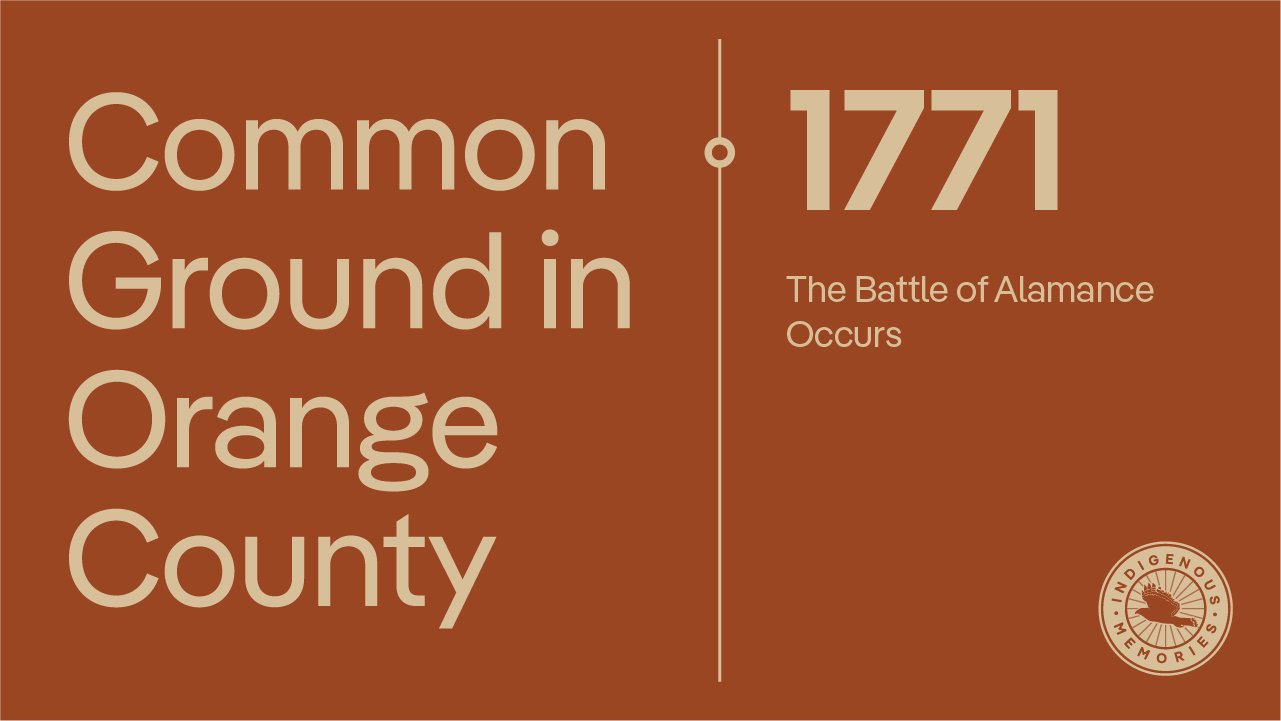
1771
THE BATTLE OF ALAMANCE OCCURS
The Battle of Alamance was a testament to North Carolina's long history of resisting authority. More than just a single battle, it represents a deep-seated defiance that shaped the colony's identity and had lasting consequences for its political landscape.
From the 1670s to the American Revolution, North Carolina led the colonies in resisting government, from tax revolts to outright conflicts with governing officials. This defiance continued through the decades, culminating in the Battle of Alamance.
The battle stemmed from a clash between western settlers, Regulators, and the colonial government led by Governor William Tryon. The Regulators, frustrated with corrupt officials and unfair taxation, sought to reform the government. Their resistance escalated, leading to armed conflict with Tryon's forces.
While the Regulators were ultimately defeated, the Battle of Alamance exposed deep social and political divisions within the colony. For the European colonists, it represented a struggle for justice and fairness, exposing the challenges of governing a diverse and geographically divided colony.
The conflict highlighted a stark divide between the eastern elites who controlled the government and the Western settlers who felt marginalized and exploited. This division continued to shape North Carolina's political landscape for years.
Featuring Indigenous Memories Consultant in Slavery in North Carolina, Dr Freddie Parker


